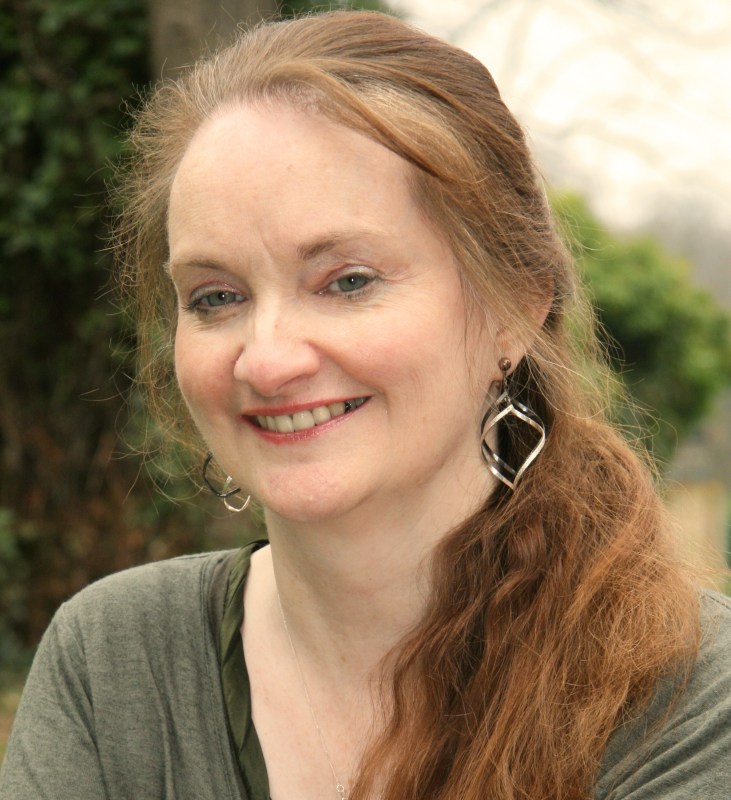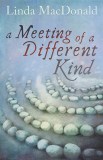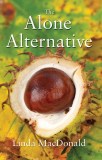
I am thrilled to welcome author LINDA MACDONALD as my first guest in Kit’s Library. Linda writes brilliant women’s contemporary adult novels that are multi-themed but with a strong focus on relationships and mid-life crisis issues.
Today she talks about an aspect of authorship that I know resounds with all of us, especially those starting out on their writing career.
The Neurotic Author: Part 1
Have you ever read a Column for Writers only to find your newly released novel commits a literary crime?
Chronic anxiety is a type of neurosis creating a stress response in the body. We all know too much stress is A Bad Thing and that it is to be avoided if at all possible.
Writers’ Blogs are full of Good Advice about how to hone the craft and become a better author. All designed to make life easier; to reduce stress. One would think. But over the past few years, it has come to my notice that with so many ‘How to’ articles about writing – a surprising number of which contradict each other – some authors, particularly those of sensitive disposition, may be driven towards despair.
The use of commas, the overuse of the exclamation mark, the redundancy of ‘that’ and ‘just’ … fair enough. But it was when I read a short while ago that we should be looking for alternatives to ‘said’ as a dialogue tag that my own bowl of writing neuroses began to overflow. Ever since I started reading articles on social media, the advice has been to avoid most dialogue tags except ‘said’; that it is irritating to overuse actions as tags or to use other words when ‘said’ will suffice. And there are many established and successful writers who practise this mantra.
In The Man in the Needlecord Jacket, I mention a psychology experiment where dogs were conditioned to respond to a circle, but not to an ellipse. Then, gradually the ellipses became more circular, and the circles more elliptical, until the dogs couldn’t distinguish between the two. The dogs went crackers, exhibiting various types of neuroses and other psychological symptoms. Inconsistent messages can drive people crazy too.
For the writer in the garret, distanced from social media and perhaps with a single editor picking through their prose, there is little to cause alarm. But do such writers still exist? More prevalent are those eager to tap into advice via the editors on social media or from sages teaching creative writing.
Don’t get me wrong, these articles are valuable, writing courses are useful to many, but it’s when the ‘Thou Shalt Nots’ start, and when there are mixed messages, that we have a problem. Of course, there are some rules that probably should never be broken – and I say ‘probably’ because in today’s world, writers break all kinds of rules and sometimes it works and the author wins a prize, gets on the Bestseller list or is featured in a worthy publication. Who would have thought of publishing dialogue with no quotation marks throughout? Or even a book with no capital letters? After all, when all the stories have been written on a subject, the only way to offer something new is to break with conventions of style.
A case in point is 2019 joint Booker Prize winner, Woman, Girl, Other by Bernadine Evarista which breaks many writing conventions. There are no full stops. Sentences begin with lower case letters. There are no speech marks. And although this might seem as if it would be annoying, a massive increase in paragraphing avoids confusion. As one observer said on television, ‘It doesn’t get in the way of the reading experience’.
Bernadine Evarista has given us permission to break the rules with aplomb.
But what made her novel particularly special for me was not the ‘in your face’ breaking of the accepted rules of punctuation, but the lack of adherence to supposed rules (which are really fashion fads) that have been littering ‘How to …’ posts for the past dozen years or more. Specifically, thou shalt not: write a book with no clear plot, shower the reader with great lumps of back story and ‘tell’ rather than ‘show’. These rules fail to recognise that if the telling, the backstory and the lack of clear plot are done well, then they are every bit as enjoyable to read as the showing, the front story and the masterful plot.
I’ve read in several ‘advice’ columns that writing phonetically when characters with accents are speaking is Not a Wise Thing to Do. But if done sparingly, for emphasis, it adds colour. How else can we give certain characters the voice they deserve? Of course, if it is overdone, it does ‘get in the way of the reading experience’, but for bit-part players it can be a delightful illustration of character.
There are dozens of experts insisting we ‘show not tell’ because today’s readers have the attention span of a gnat. This is sound advice, but there is still a place for telling. The aforementioned Girl, Woman, Other contains plenty of telling and masses of backstory. So too the 2020 television hit, Normal People. It is awash with telling and with introspection. It is character-driven and analytical. The plot is vague, as is the narrative arc. But the writing is raw and the dialogue is real. The characters bleed and the reader bleeds with them. How can that be wrong?
I’ve learned loads from the ‘How to’s’. Knowledge allows me to make informed decisions rather than muddling along and hoping I don’t upset the Literary Police. But it is important for authors – particularly anxious ones – to try not to stress over the less rigid ‘rules’, and to remember reading is a matter of taste and we don’t all want to become stylistic clones. As Bernadine Evarista and Sally Rooney have proved, breaking free and following your own voice can lead to great success.
Bio:
After studying psychology at Goldsmiths’, Linda, who was born and brought up in Cockermouth, Cumbria and now living in Beckenham, Kent, trained as a secondary science and biology teacher. She taught these subjects for several years before moving to a sixth-form college to teach psychology. Her first two novels took ten years in writing and publishing, using snatched moments in the evenings, weekends and holidays. In 2012, she gave up teaching to focus fully on writing and has now published four novels, the first of which – Meeting Lydia – is also now available in audio.
All Linda books are available widely online via Amazon (author page link: https://author.to/Lydia) both as ebooks and paperbacks. Paperbacks also may be ordered via bookshops and via her publisher bookshop at www.troubador.co.uk.
Thank you, Linda. Some very pertinent points you have raised here regarding how confusing so-called rules can be for writers. The same is also true for artists. As is often said, you have to know the rules before you break them to allow your own unique voice to be heard above the many others. I look forward to your return visit with Part 2 soon.
Don’t forget, if you’d like to write a Guest Post for Kit’s Library about any topic concerning writing, books, reading, blog tours or book releases, or even a review of a great book you’ve read, please contact me.



